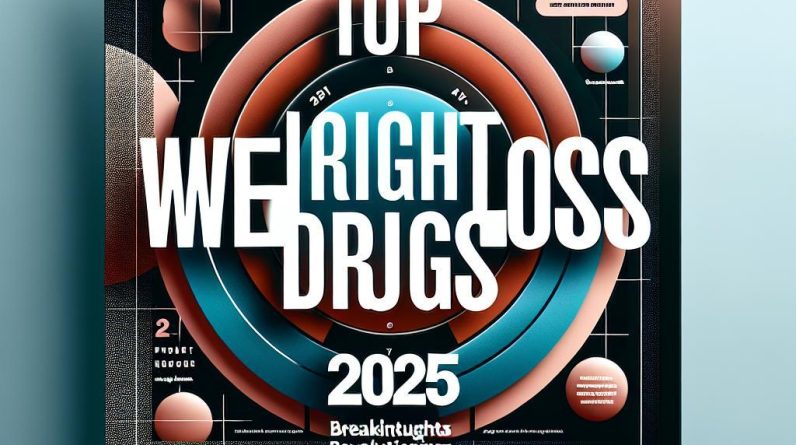
As the landscape of diabetes management continues to evolve, GLP-1 receptor agonists like Ozempic and Semaglutide are at the forefront of innovative therapeutic options. With ongoing research and clinical trials, 2025 promises to bring significant advancements that could redefine treatment protocols and improve patient outcomes. This article explores the key emerging trends and clinical advancements expected in this dynamic field.
1. Enhanced pharmacological Profiles and Dosing Strategies
Future developments aim to optimize the pharmacokinetics of GLP-1 receptor agonists, leading to longer-acting formulations that require less frequent dosing.Modified molecular structures are expected to improve stability, bioavailability, and decrease side effects, making treatments more patient-kind.
2. Broader Therapeutic Indications
Research is expanding beyond glycemic control, with GLP-1 RAs being investigated for their potential in weight management, cardiovascular risk reduction, and neurodegenerative diseases. By 2025, we expect to see broader clinical guidelines incorporating these indications.
3.Personalized Treatment Approaches
Advancements in genomics and biomarker research will facilitate personalized medicine, allowing clinicians to tailor GLP-1 receptor agonist therapies based on individual patient profiles, optimizing efficacy and minimizing adverse effects.
4. Combination Therapies
Emerging combination treatments pair GLP-1 RAs with other antidiabetic agents, such as SGLT2 inhibitors, to achieve synergistic effects. In 2025, new fixed-dose combinations are expected to simplify regimens and enhance adherence.
5. Delivery Methods and Patient Convenience
Innovations in delivery systems, including oral formulations and implantable devices, aim to improve patient compliance. The advancement of oral Semaglutide exemplifies efforts to make GLP-1 therapies more accessible and convenient.
6. Safety Profiles and Long-term Data
Ongoing clinical trials will provide more robust data on the long-term safety of GLP-1 RAs, particularly concerning their effects on cardiovascular health and pancreatic safety, reassuring both clinicians and patients.
7. Cost-Effectiveness and Accessibility
With the development of biosimilars and cost-reduction strategies, access to GLP-1 receptor agonists is expected to improve, making these therapies more affordable worldwide by 2025.
the future of Ozempic, Semaglutide, and other GLP-1 receptor agonists is promising. Continued research will likely lead to more effective, safe, and patient-centric treatments, revolutionizing the approach to diabetes and obesity management in the coming years.



